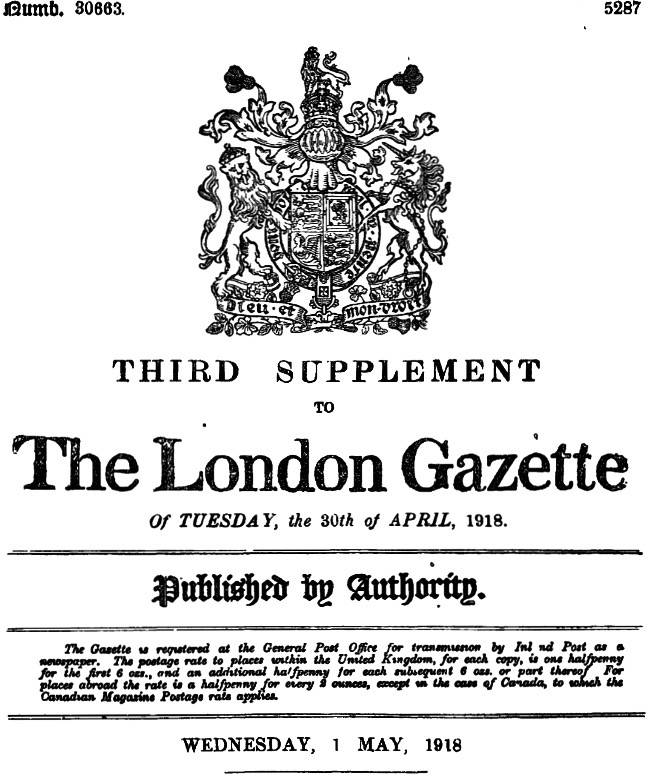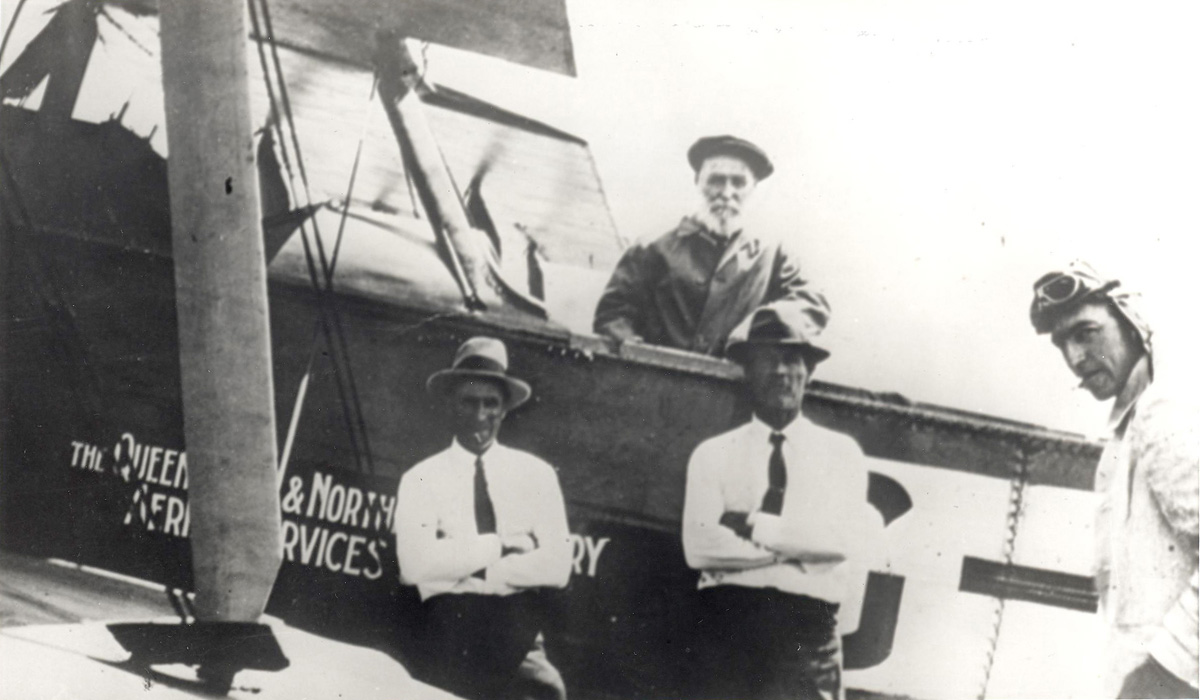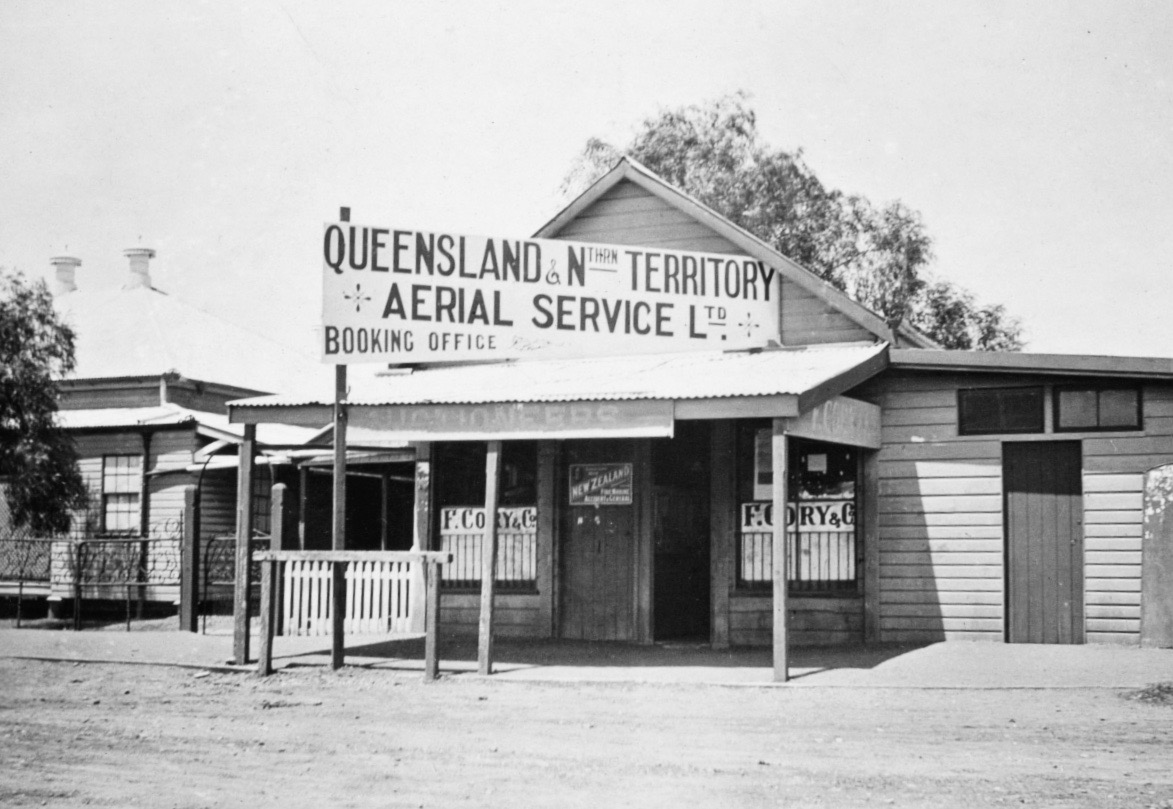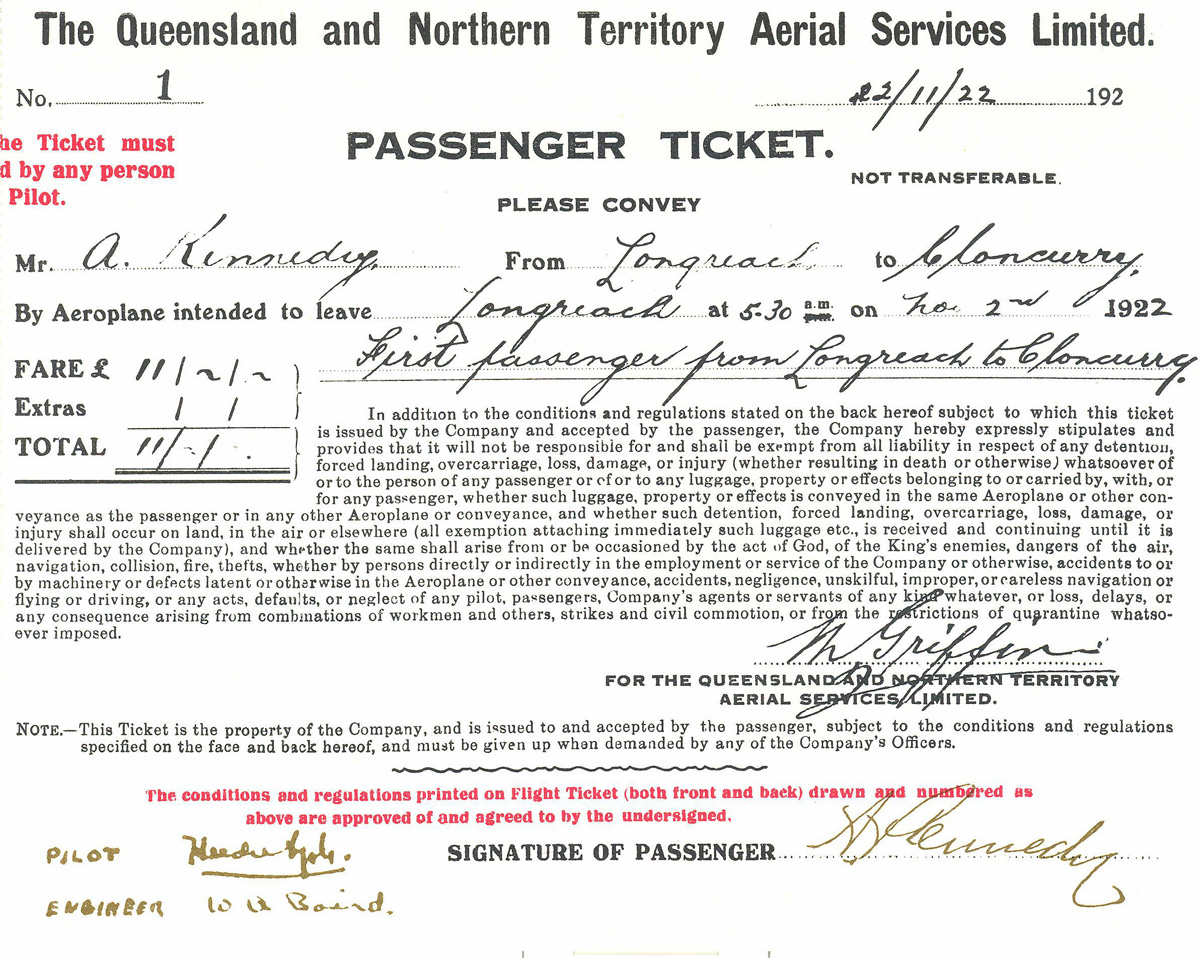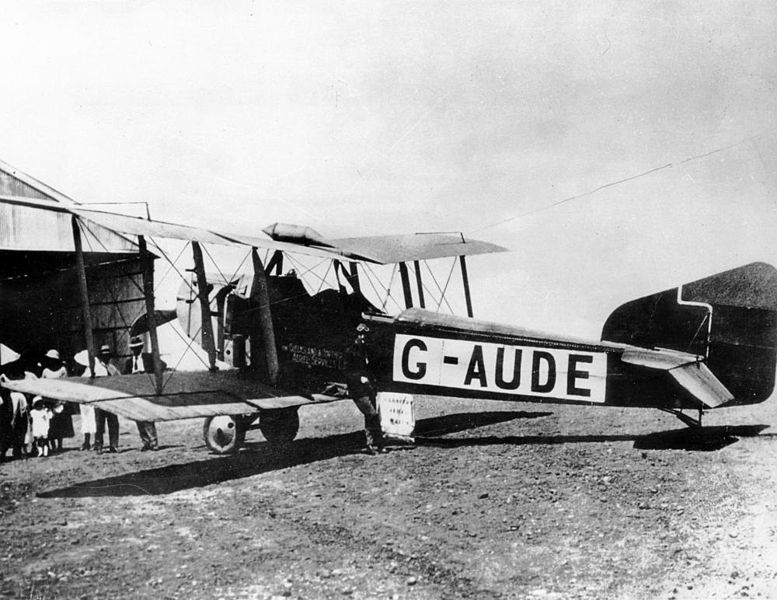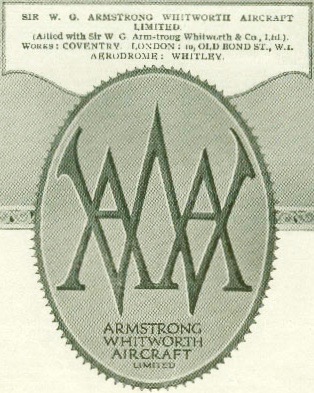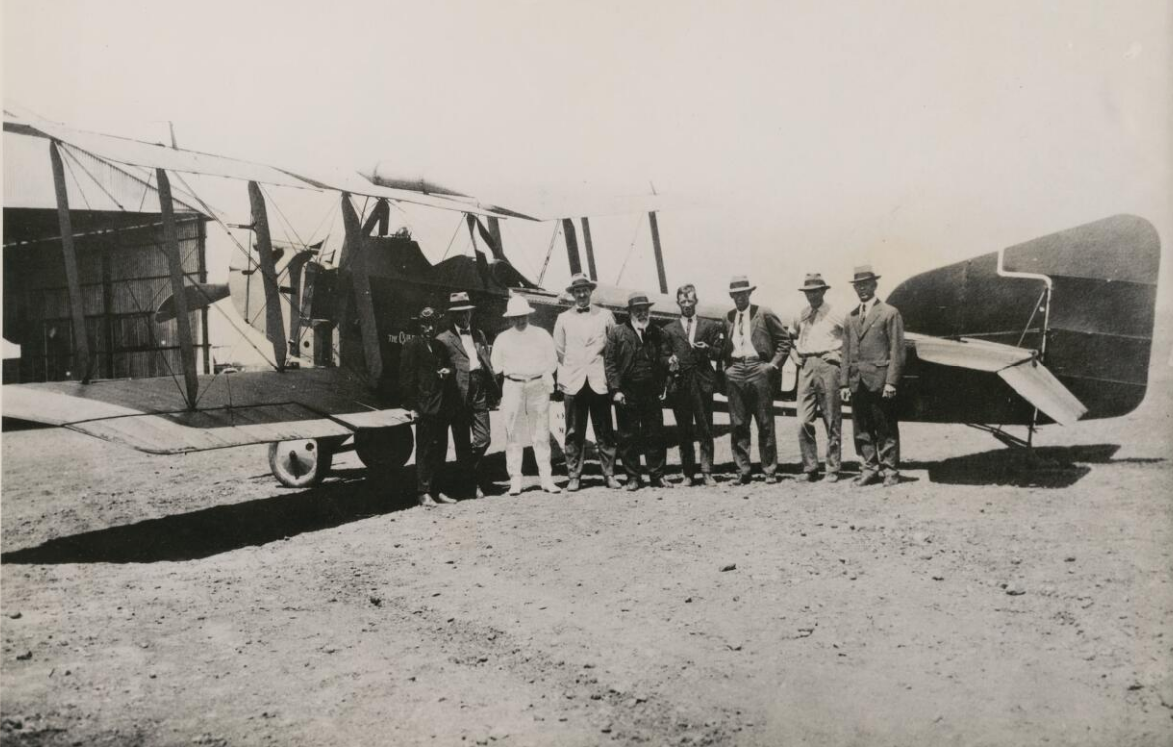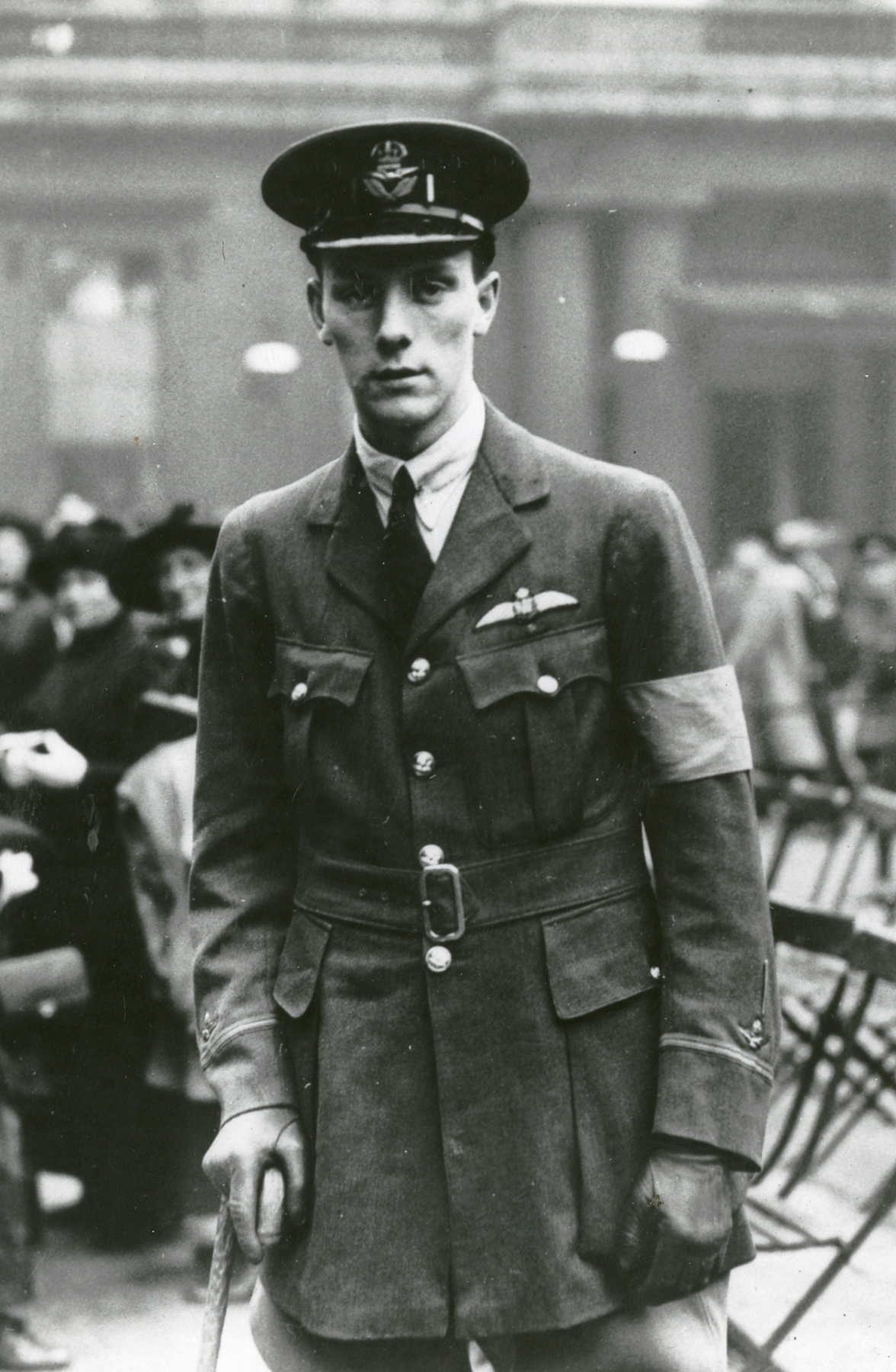
1st May, 1918
His Majesty the KING has been graciously pleased to award the Victoria Cross to the undermentioned Officers of the Royal Air Force, for services displaying outstanding bravery:—
___________
2nd Lt Alan Arnett McLeod, Royal Air Force
Whilst flying with his observer (Lt. A. W. Hammond, M.C.), attacking hostile formations by bombs and machine-gun fire, he was assailed at a height of 5,000 feet by eight enemy triplanes, which dived at him from all directions, firing from the r front guns. By skilful [sic] maneuvering he enabled his observer to fire bursts at each machine in turn, shooting three of them down out of control. By this time Lt McLeod had received five wounds, and whilst continuing the engagement a bullet penetrated his petrol tank and set the machine on fire.
He then climbed out on to the left bottom plane, controlling his machine from the side of the fuselage, and by side-slipping steeply kept the flames to one side, thus enabling the observer to continue firing until the ground was reached.
The observer had been wounded six times when the machine crashed in “No Man’s Land,” and 2nd Lt McLeod, notwithstanding his own wounds, dragged him away from the burning wreckage at great personal risk from heavy machine-gun fire from the enemy’s lines. This very gallant pilot was again wounded by a bomb whilst engaged in this act of rescue, but he persevered until he had placed Lt. Hammond in comparative safety, before falling himself from exhaustion and loss of blood.
—The London Gazette, Number 30663, Wednesday, 1 May 1918, at Pages 5287 and 5288
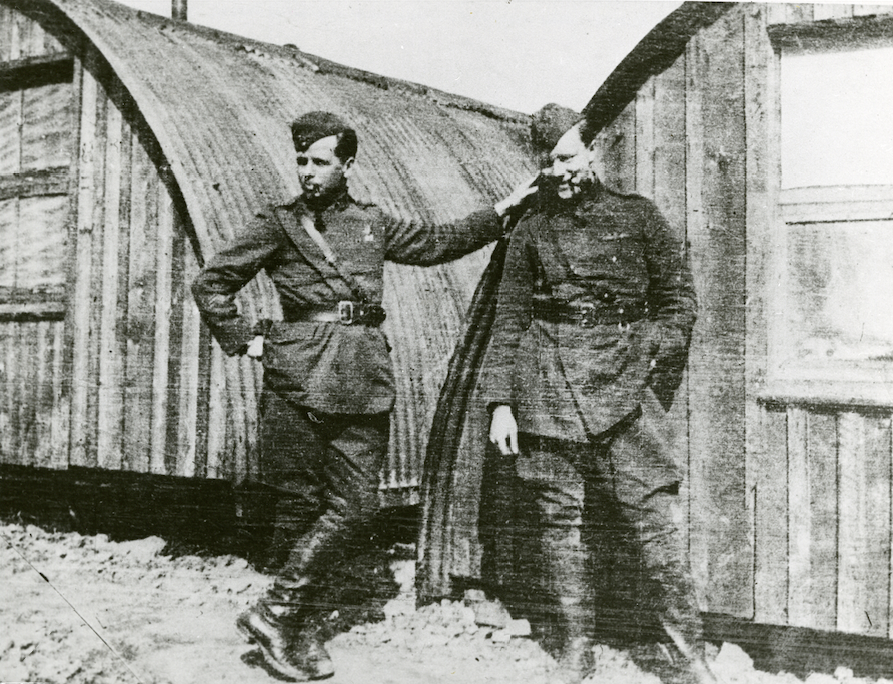
Alan Arnett McCleod was born 20 April 1899 in the village of Stonewall, Selkirk, Manitoba, Dominion of Canada. He was the first of two children of Alexander Neil McLeod, M.D., a physician, and Margaret Lillian Arnett McLeod.
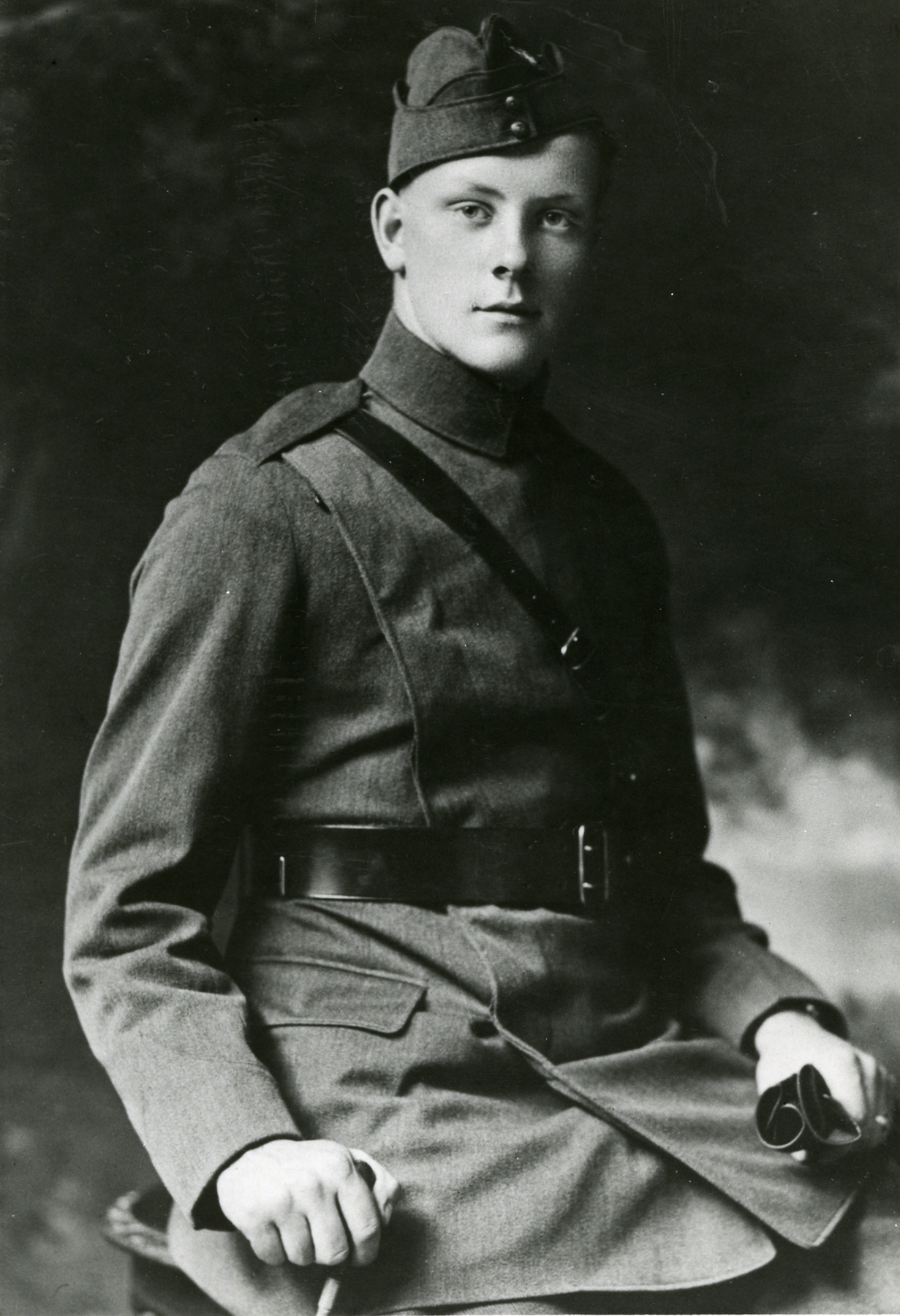
After previously being turned away due to his age, Alan McLeod joined the Royal Flying Corps Canada (R.F.C.C.) 20 April 1917—his 18th birthday. He was sent to the University of Toronto for military training, then to Long Branch and Camp Borden for flight training. He was commissioned a Temporary 2nd Lieutenant (on probation), 19 August 1917.
On 20 August 1917, 2nd Lieutenant McLeod boarded the Canadian Pacific passenger liner S.S. Metagama and sailed to Bantry Bay, Ireland. For the next four months McLeod continued to train as a pilot in the Royal Air Force. He then joined No. 2 Squadron on the Western Front.
Following the action of 27 March 1918, Lieutenant McLeod spent a long period of time recovering from his wounds. It was decided to send him home to Canada. On 20 September 1918, he sailed from Southhampton aboard the Cunard liner R.M S. Aquitania. The ship arrived at the Port of New York, 27 September. Lieutenant McLeod then traveled to his home in Stonewall.
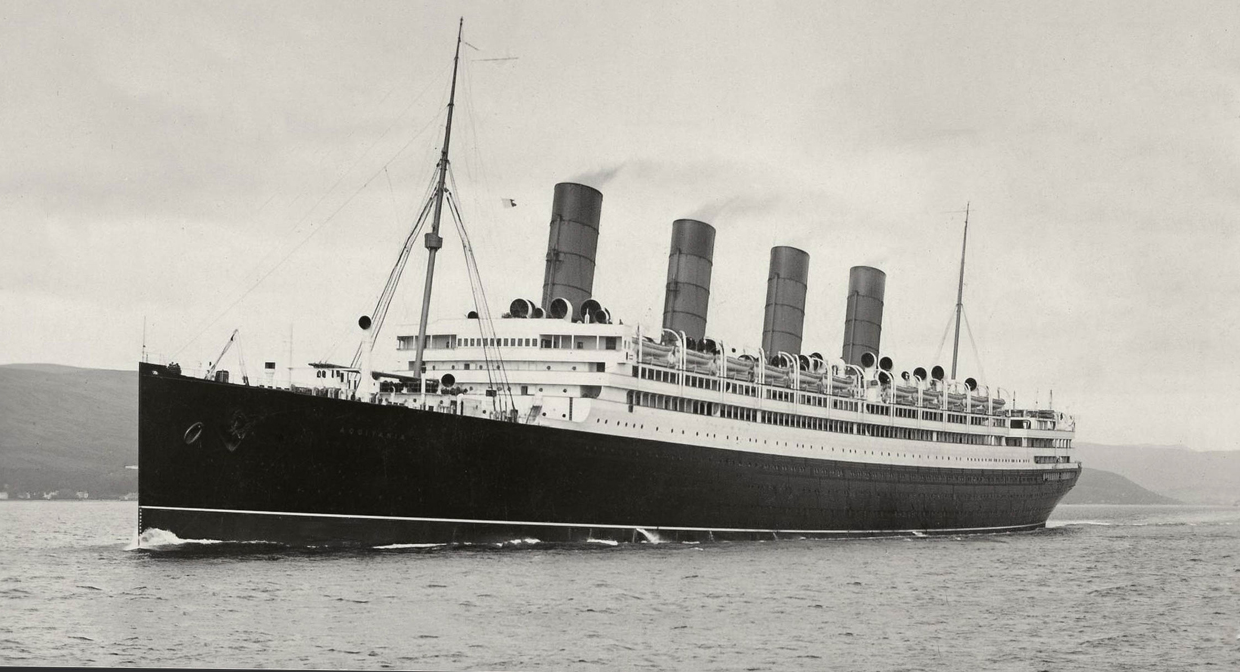
On 29 October 1918, Lieutenant McLeod was admitted to Winnipeg General Hospital in Winnipeg, Manitoba, diagnosed with the Spanish Flu, then a worldwide epidemic.
2nd Lieutenant Alan Arnett McCleod, V.C., Royal Air Force, died 6 November 1918. He was just 18 years old.
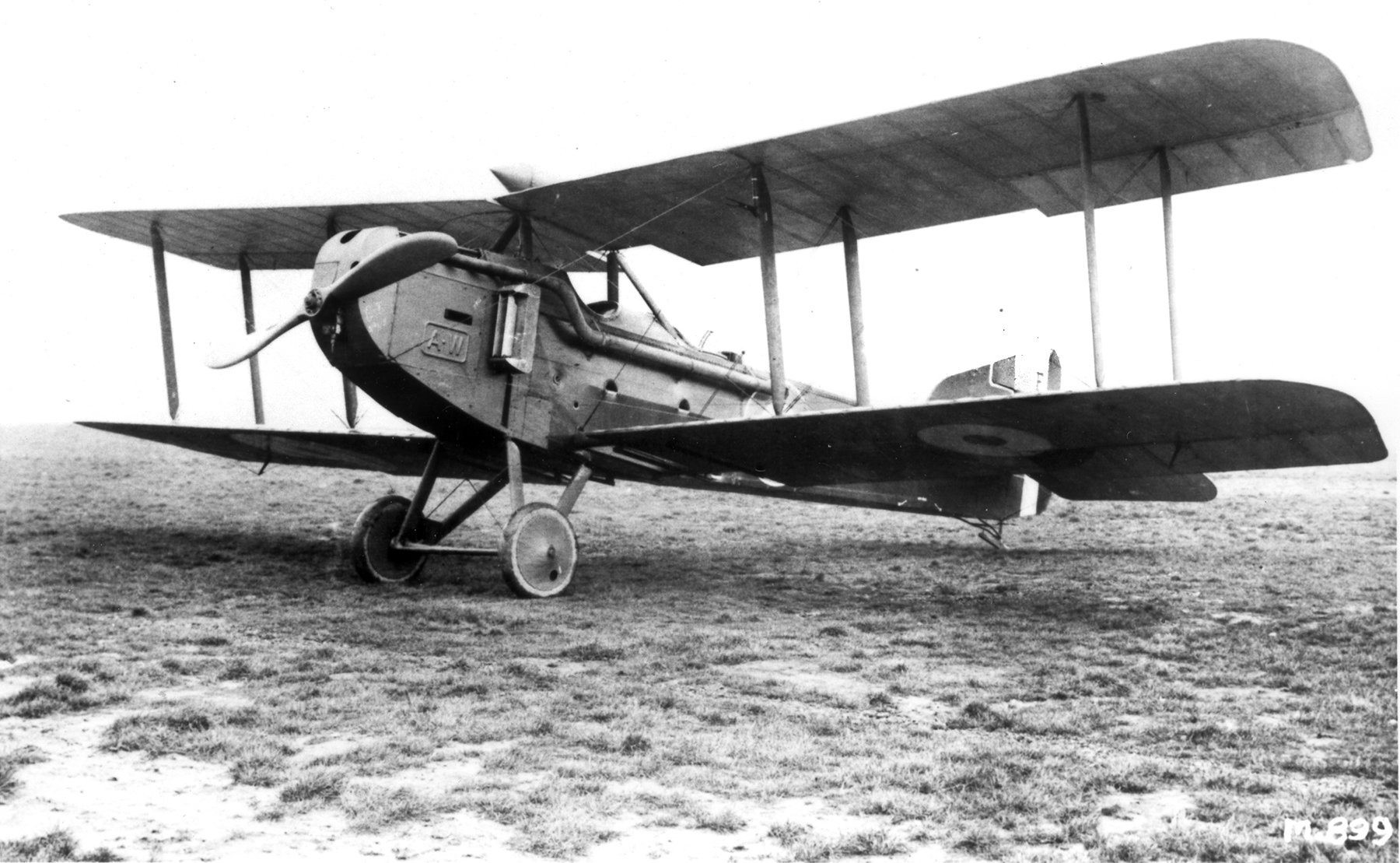

The F.K.8 had an empty weight of 1,720 pounds (780 kilograms), and gross weight of 3,000 pounds (1,361 pounds).
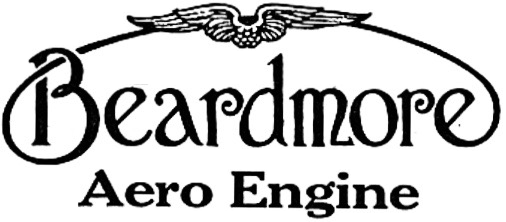
The airplane had a maximum speed of 102 miles per hour (164 kilometers per hour) at Sea Level, and 98 miles per hour (158 kilometers per hour) at 10,000 feet (3,048 meters). It could climb to 10,000 feet in 20 minutes. Its ceiling was 20,000 feet (6,096 meters). It carried fuel for 3.75 hours of flight.
The F.K.8 was armed with two machine guns, and carried a wireless apparatus.
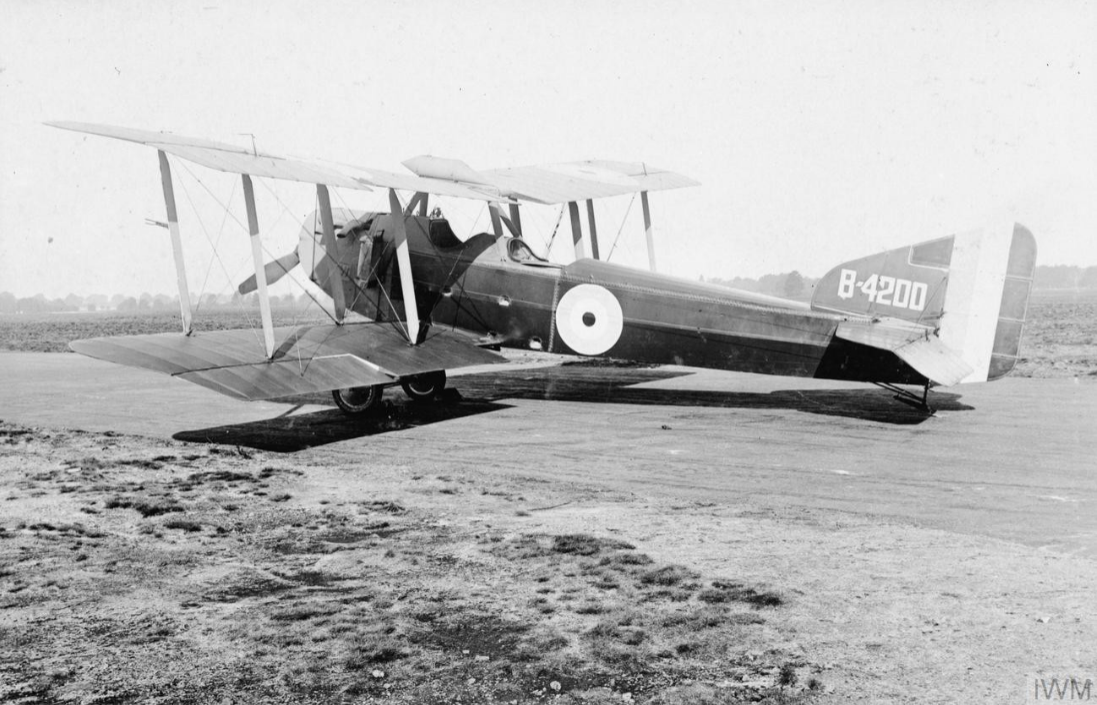
© 2019, Bryan R. Swopes
